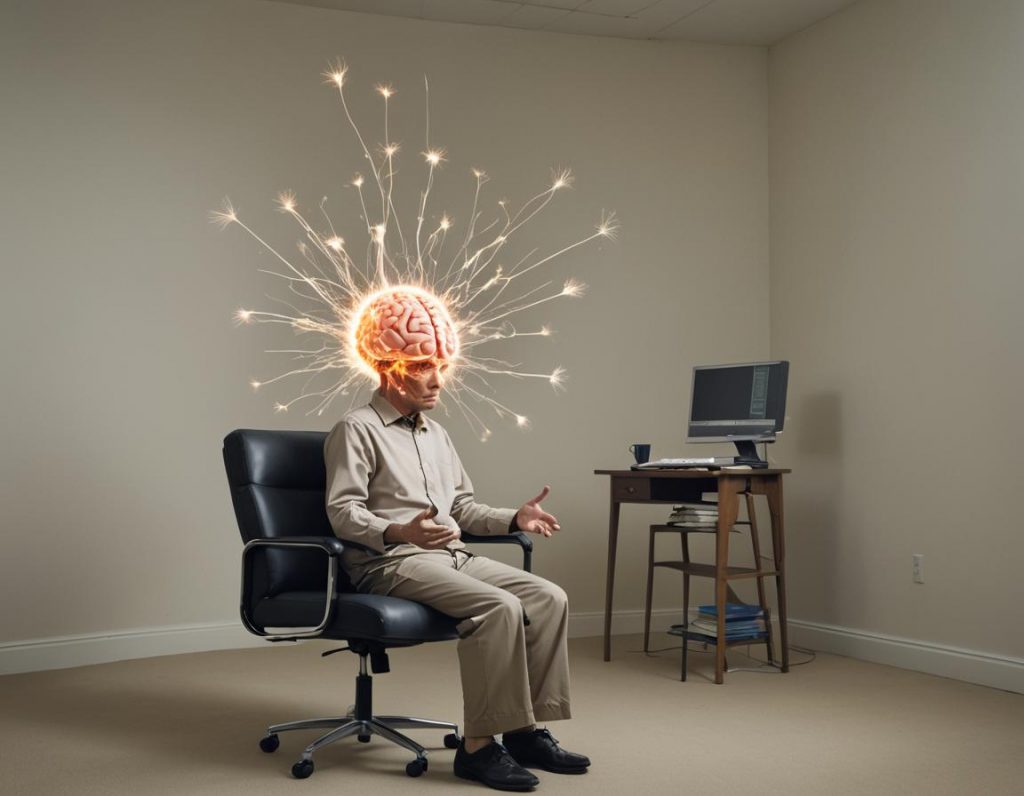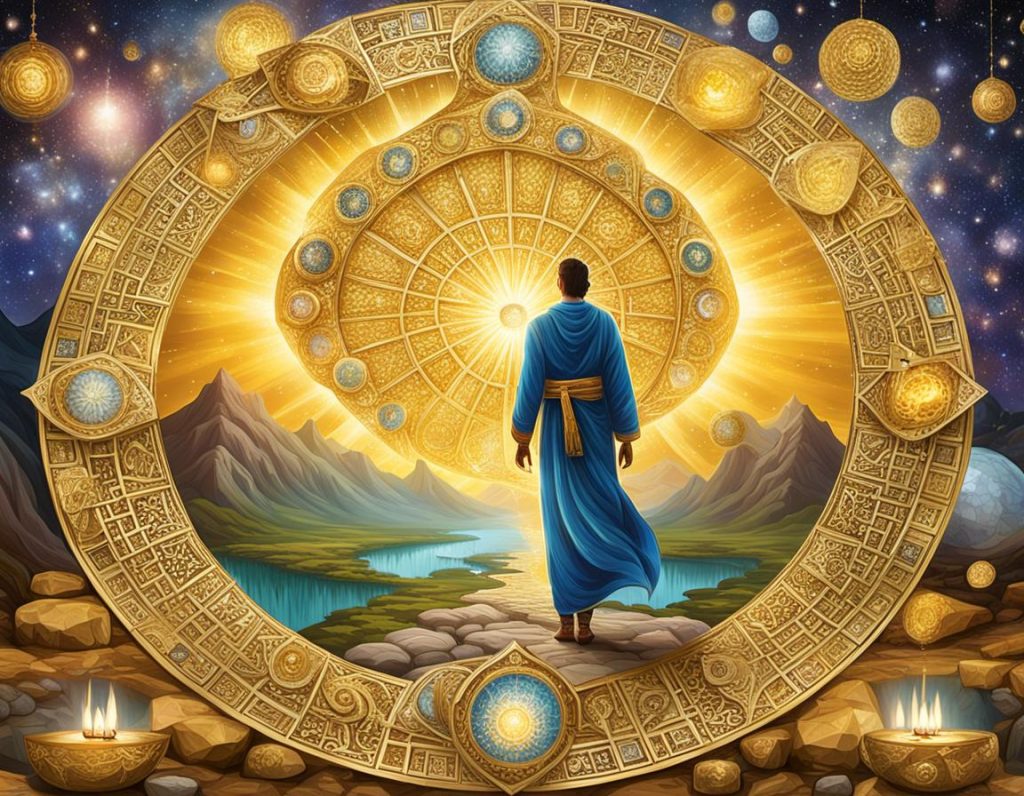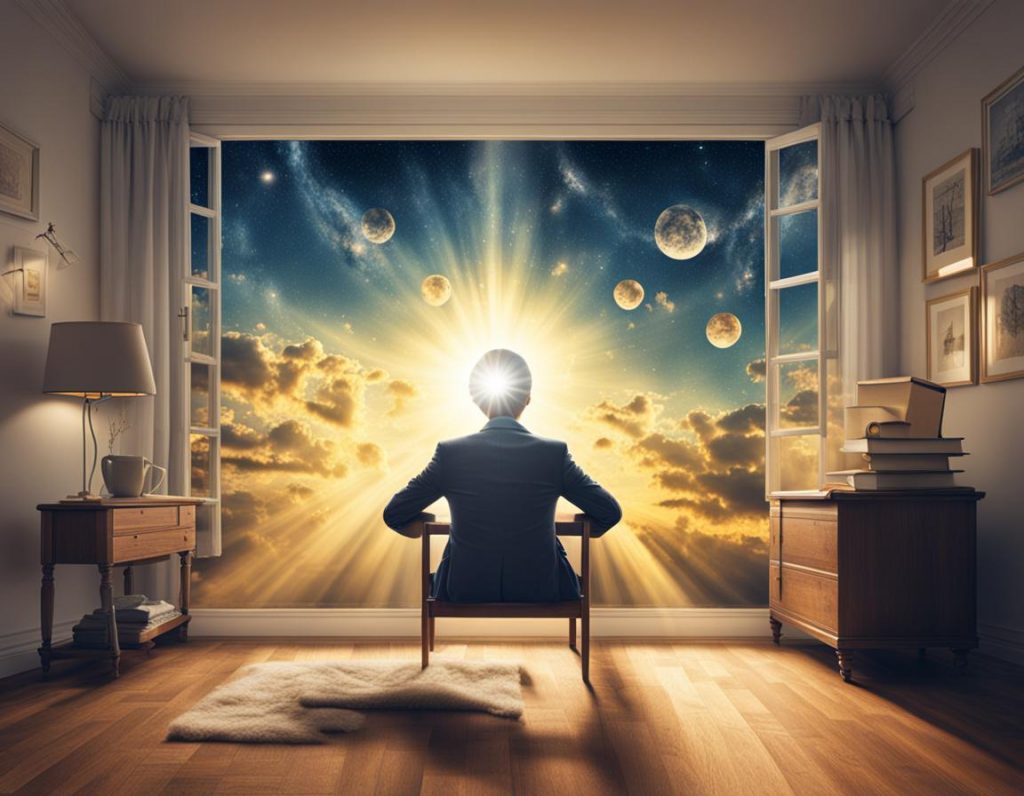
There are many levels at which you know and you don’t know, as well as levels at which you think you know, and think you don’t know. There is no way to systematise or explain these levels, simply because they will be vastly different for each being. I don’t ask anyone to take this on faith. I am far more interested in encouraging your exploration in this direction. What I would like to suggest are some tools with which you can begin to call into question some of the things you think you might know.
Sometimes you have to move in a direction that appears backwards in order to go make what we could call ‘progress’. In true self-inquiry we are always extending a foot out into the darkness, and although the results aren’t always guaranteed, the intention does always count.
In conventional terms, I couldn’t put anything on a piece of paper as ‘truth’. I am really no better positioned than you are. I am however aware of many things I thought I knew, and I am increasingly skeptical of the value these things carry. I have witnessed so many of them dissolve or break away like chunks of sea ice. Sometimes these fragments are never to be seen again, sometimes they occasionally drift back within sight, but never again taking up the same amount of space on the horizon. These are things I relied upon at some point as inviolable facts, what I assumed to be truth itself. What I witness when this kind of inner event happens, whether through inquiry or accident, is that there is an exceptionally fine line between a sense of liberation and horror. The prospect of freedom simultaneously exhilarates and terrifies us.
On the one hand, the sense of teetering over the abyss, looking down into the black unknown is horrifying – but only to one part of the self. That is the part that thinks it knows, that thinks it should understand, that thinks it ought to have some grasp over the management of its inner topography. It turns out that part of us is very minor upon investigation. That part of me, despite being so tiny, has historically been like a finger held up in front of my eyes only an arm’s length away, but has seemed big enough to blot out entire galaxies in the night sky. The tiniest parts of us inside can block out the greater portion of reality, if adequate care and attention is not taken.
To the greater part of me, so witnessed, there is a sense of freedom and liberation as these pieces of knowledge once claimed as firm ground have broken away. It reveals what was always really there, which is not the black abyss we thought would swallow us. There is a space there, alive and whole, that only seems to increase in plenitude with each inner discovery. This is the space in which I know that I don’t know, and it is alive.
Pseudo-Dionysius the Areopagite referred to this state of not-knowing as ‘agnosia’, which is distinct from mere ignorance. In fact, my knowing that I don’t know is the primary condition to be in maximal congruence to this greater reality. It is neither silence nor non-silence, neither darkness nor light, neither everywhere nor nowhere. It is a living state of pure potential. There is nothing behind it; everything is out in front of it.
At our level of being, the coordinates at which it may be located are ‘here’ and ‘now’. For the purposes of having something to refer to it as within human language, it could be called ‘the unmanifest’ or ‘the unborn’. It doesn’t really matter what we choose to call it. We could always call it ‘consciousness’, but I would rather use a term that you are likely to have less immediate familiarity with so that it doesn’t dock in at the port of your intellect carrying with it too much by way of unnecessary cargo.
For reasons suggested earlier, thinking you know anything about this isn’t overly helpful. This includes everything you have ever read about it before, whether religious, scientific, philosophical or spiritual. At the same time, thinking you don’t know anything about it also isn’t especially useful, because you certainly will have had some experience with it, since it is the foundation of your entire inner life. What I find is more useful is de-emphasising your insistence on what you think you do or do not know.

This is what the Zen practitioner Shunryu Suzuki refers to as ‘beginner’s mind’. It then doesn’t really fall within a category of what we ordinarily think of as something we know or don’t know, understand or don’t understand. It is more to do with what we are, with what our direct, unaltered experience is when we aren’t consumed by the common human endeavour of cramming it full of new content, maps, systems, or other frames of reference.
You may have noticed that many people are often extremely bothered by not having anything to talk about. Thinking that you don’t know, but assuming you need to know, creates violent ripples of dissonance in the human mind. Often these people will attempt to remedy this with talking incessantly, or via outsourced mental noise such as reading, radio or television. This is because silence is highly detrimental to this limited sense of self which lives off reams of acquired mental content. It is almost like it can sense an undercurrent of awareness that it has been taken from a space of freedom into a tiny, separate skull cramped full of beliefs and prejudices. Silence is corrosive to this illusion, and it can make people nervous to the point of being physically ill with fear when they don’t have something to occupy their attention.
Lack of self-understanding is the modern disease. It was Blaisé Pascal who correctly observed that the root of modern man’s ills is his inability to sit quietly in a room by himself. This highlights the symptoms of modern man’s materialist syndrome as a being that has either willfully or ignorantly acquired no familiarity with their own soul.
Before I understood that the abyss beneath our claims to knowing wasn’t annihilation, I was extremely terrified of anything that threatened what I had claimed in belief or knowledge. It felt like impending doom to me that the things I thought I knew might be threatened, questioned or even subjected to slight modification. If I came across something that disturbed this sense of knowing, or forced me to modify the way I think, I would spend dutiful hours repairing thoughts, making new connections, reframing, re-routing.
The nature of this activity wasn’t noticed at the time. I just thought I was a bit depressed, or ‘thinking things over’, although what I was really doing was making sure the new disturbances would not affect the total structure of my established worldview – I was in damage control.
If someone had told me at an early age that none of this was necessary, and had I heeded this advice, this would have been like being led to a goldmine. Of course, you cannot be told this, because no-one would ever listen unless they were truly ready to hear – in which case, they would be led there eventually anyway.
True knowledge, which is a term I would hesitate to throw around, does not fall within our usual system of values, because everything we have collectively developed by way of what we have call ‘wisdom’ is something employed instrumentally to in order to get something else beyond it – spiritual wisdom is not like this. It is not what we think we know. It cannot be learned from someone else, it cannot be mooched, it cannot be bought or sold, and it cannot be gifted, inherited or stolen. It is exclusively earned through a combination of experience and direct application of your inner attention. You have to be looking, listening – you have to be interested in how this experience right here deepens and unfolds. Not for some new acquisition, status, or a new set of mental toys, but because you are inherently interested in what is here, and what you are.
A worldview, being a constellation of mental positions about the way we believe things are, isn’t true knowledge in this sense. It is acquired over time, and maybe it is closer to an accurate picture of the way things are relative to others. A worldview represents a high investment of one’s life energy – at least, insofar as a psychological entity is concerned, in its time-bound personhood. The necessary feature of any and every worldview is that it is limited – it portrays an image of reality at the vital cost of its limitlessness.
To the selfless-self discovered beneath the turmoil, this is all neither here nor there. The unborn doesn’t exist in psychological time like our worldview does, it exists here and now. That is what qualifies it as alive rather than being some kind of coral-like accretion running backward throughout personal and human history. No worldview is required to engage in Being, although the false self has zero tolerance for the unborn. You might be surprised at what can and will be discarded without harm to you. I certainly was, and I still am quite routinely. The universe never seems to run out of surprises.
What do you think you know? That might be a good place to start. Chances are, if you think you really know something that isn’t subject to criticism or doubt, then I’m willing to bet that you probably haven’t inquired very far into it. If you think of your beliefs and conclusions as each having a piece of string attached to them, try following the string all the way from one end to the other.

People are generally reluctant to do this, or at the very least unpractised. This is partly because questioning the things you took for granted as true is of such high novelty that there isn’t widely available information about it. Most people will discover that there are strings they are more comfortable to follow than others. There are many strings we absolutely do not want to follow, because part of us recoils in horror at the thought of what we may or may not find at the end.
Fear can actually be your friend in this exercise, because you will learn by your apprehension which conclusions you have set aside as inviolable and sacred. The difference between these beliefs and others you aren’t afraid to investigate is that these are cherished beliefs, probably touching on core beliefs that structurally support your worldview. Can you afford to lose your worldview in the pursuit of truth? Your view of who is right and who is wrong? Who are the blameless, and who are the damned?
Maybe these are all just temporary roles within the play of consciousness, or, maybe this universe has some kind of insubvertible structure. Take a look though, see whether there are strings worth investigating while others can be left trailing into the darkness. The discovery you will be making here is not directly about truth, but your inner relationship to truth. Am I willing to question everything, or do I have a set of rules set aside that make me feel safe, that I choose to never pursue in inquiry, because I already know the answer?
We might begin with some really simple, but big questions, such as: how do you know who or what you think you are? What makes you think that you are who your memories tell you that you are, and is there a difference? If you lost everything you had ever learned or remembered, who would you be? Who would you seem to be, to yourself or to other people? Is there any difference? What do you think you know that cannot be undermined by any reason, any doubt? If there is anything that you have taken on authority, whether philosophical or religious, and how do you know that you have not been knowingly misled by some kind of demon? What can you be sure of? Will you have some answer in the future? Did you once have some answer in the past, which you have now lost?
The goal here isn’t for you to settle upon some profound new answer to worship and hold onto, but to crack open some of your pre-existing assumptions.
Our culture doesn’t generally do a great job of preparing us for this scale of inquiry. Culture is for the most part a topographical map permitting exploration in very limited regions, providing the illusion of limited freedom and reduced options within the prescribed system. There are of course plenty of roadblocks and no-go zones. Some of these directions are so taboo that other people will attempt to repudiate your claims by agreeing in knowing falsehood that you can’t have gone to the places you claim, simply because it is easier for them to believe a lie that preserves the structural integrity of the consensus than it is to embark upon overhauling their own inner realm.
A classic example of this is the person who leaves a religious organisation claiming that they have seen unwholesome things that led them to leave it behind. The cultural response encouraged and supported within the remainder of that group will be some version of “yes, but the devil would try to convince you of that. We, however, are standing firm, because the devil will not succeed in tricking us”.
This effect is everywhere. It isn’t really religious, it is human. It happens in the church, the school cafeteria – it may even happen in killer whale pods, for all we know. We revile the dissenter because they threaten to inform us of something concerning our choices and position that we would really rather not see the light of day. It exposes our foolishness. If our choices that were made in the sleep of ignorance were to become subject to any form of scrutiny, the only possible outcome insofar as ego was concerned would be damage and destruction. If you placed yourself in a position of allowing this damage, you would be forced to repair or even entirely discard what you had invested in for many years.
Of course, some people have no control over this collapse and are forced to act when it comes upon them. When we turn a blind eye, we are allowing cognitive dissonance to win at the expense of truth. Truth has to be at stake, not because anything we believe could be inherently true, but because anything that is formed as belief in darkness is going to be subject to falsehood – even if it just so happened to turn out to be true. You can be wrong by mistake, but you can’t ever be right by mistake – see whether this is true in your own experience.
Again, wisdom or self-knowledge can only come as result of your deliberative inner attention and receptivity. It isn’t mysterious or elusive, but it does ask you to put all that you hold dear to the highest scrutiny.
Truth is not going to arrive as the addition of something new, it is going to consist at a minimum of disempowering the falsehoods that predominate the collective mind. We have found ourselves as humans in a position of needing to urgently assess the collective structures we have agreed to. Unless we allow those structures to fall under the light of examination within ourselves, what hope do we have as a species? What value can we really claim to put on honesty and integrity?
What might you lose if you were to loosen your death-grip on your worldview? What kind of world do we want to leave to our children? And if it doesn’t begin directly with ourselves, in our own inmost world, then where else could it possibly start?
*
Simon P Murphy is a Nelson-based esotericist and philosopher, and author of His Master’s Wretched Organ, an astonishing and surreal collection of weird fiction stories.
*
If you enjoyed reading this piece, buy a compilation of our best pieces from previous years!
Best VJMP Essays and Articles of 2023
Best VJMP Essays and Articles of 2022
Best VJMP Essays and Articles of 2021
Best VJMP Essays and Articles of 2020
Best VJMP Essays and Articles of 2019
Best VJMP Essays and Articles of 2018
Best VJMP Essays and Articles of 2017
*
If you would like to support our work in other ways, make a donation to our Paypal! Even better, buy any one of our books!




